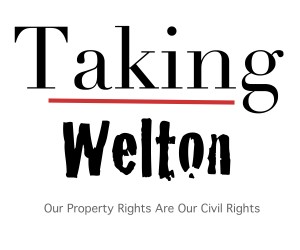Greater Guidance Comes To Calif. For Land Appraisals
“Courts have long recognized that valuing mineral rights in eminent domain proceedings is inherently speculative, which can lead to wide swings in property valuations. So how can appraisers, property owners and public agencies best deal with the uncertainty involved in valuing property that has the potential for mineral exploitation? In a recently published decision, San Diego Gas & Electric Company v. Schmidt, a California state appeals court provided guidance on valuing mineral rights on land taken by eminent domain.
Background
The Schmidt case involved San Diego Gas and Electric Company’s condemnation of a 22-acre easement for electric transmission lines down the middle of a 115-acre vacant parcel for its Sunrise Powerlink Project. SDG&E’s appraiser believed that the property’s highest and best use was for residential development or habitat mitigation, and it valued the easement at $712,200. The property owners believed the property’s highest and best use, before SDG&E’s taking, was a for granite mining operation, and their appraiser valued the easement at $1.9 million. The owners’ appraiser also concluded that the easement prevented the property from being used for granite mining, thereby causing severance damages of $6.6 million, for total damages of $8.5 million.
In support of the owners’ valuation testimony, they retained a mining expert who opined that the property was zoned for mining, that a “very competitive aggregate environment” existed in the area and that the property was located between properties owned by a mining operator, with whom the owners had discussed the possibility of leasing the property for mining. SDG&E, on the other hand, claimed a major use permit would be required to conduct a mining operation, and that the owners would have to address the removal coastal sage scrub before such a use could be made of the property.”
Kuhn, Brad. JD Supra Business Advisor 8 September 2014.
